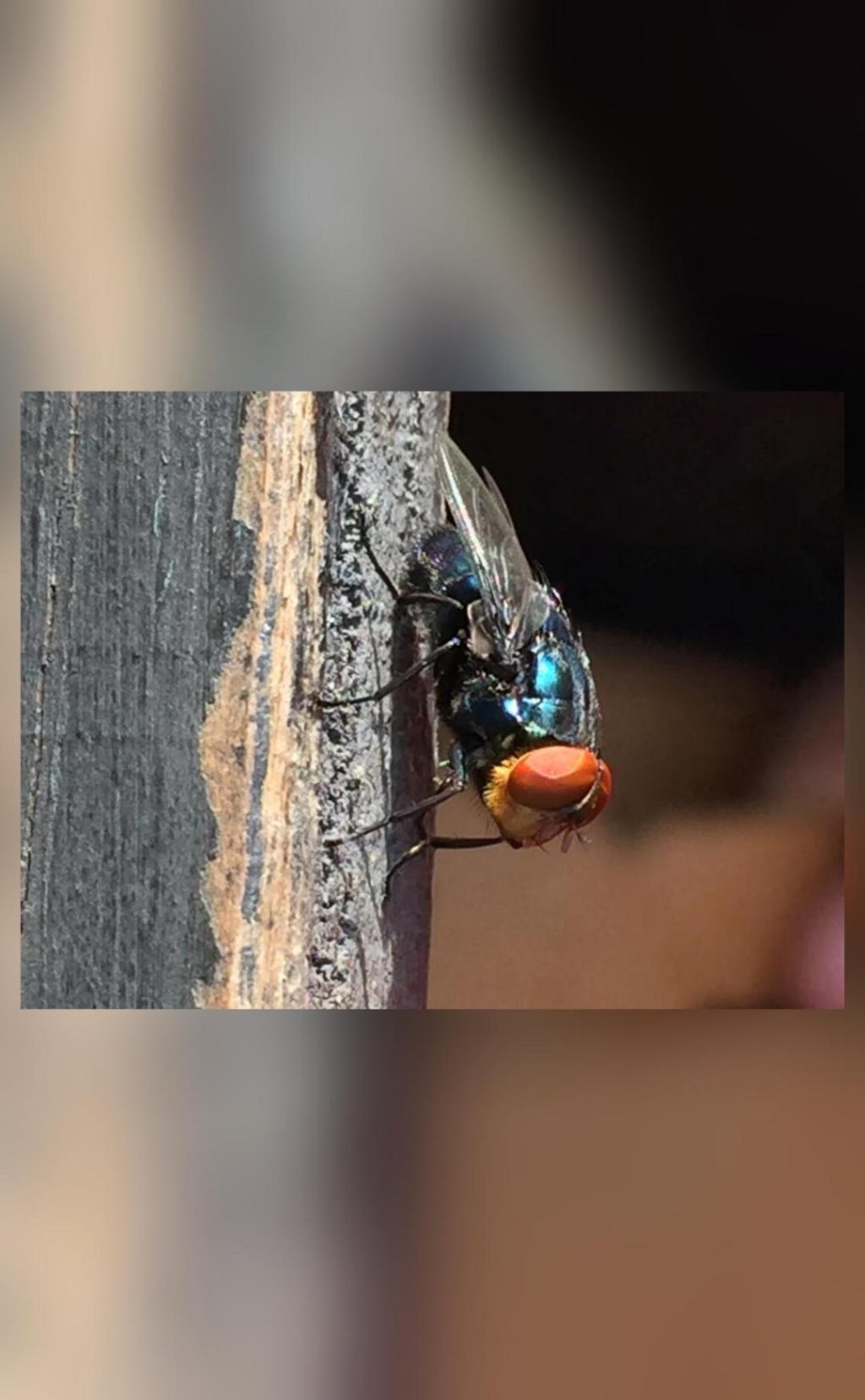
Why is US planning to breed screwworm flies & dump them from planes over Mexico?
In an unconventional effort to protect its beef industry, the US government is preparing to breed billions of male flies and dump them from planes over Mexico and southern Texas. The aim of this unusual strategy is to combat the flesh-eating larvae of the New World screwworm fly, a pest that poses a significant threat to cattle and other livestock. In this blog post, we’ll delve into the details of this plan and explore why the US is resorting to such an unorthodox method to tackle this problem.
The threat of the New World screwworm fly
The New World screwworm fly, also known as Cochliomyia hominivorax, is a parasitic insect that is native to Central and South America. The larvae of this fly feed on the flesh of warm-blooded animals, including cattle, pigs, and even humans. Infestations of the screwworm fly can cause significant economic losses for farmers and ranchers, as well as animal welfare concerns.
In the past, the screwworm fly was a major problem in the southern United States, particularly in Texas and Florida. However, a successful eradication program in the 1960s and 1970s eliminated the pest from the region. Unfortunately, the screwworm fly has recently re-emerged in Mexico, and the US is concerned that it could spread back into the country if left unchecked.
The plan to breed and release sterile male flies
To combat the screwworm fly, the US government has turned to a technique called Sterile Insect Technique (SIT). This involves breeding millions of male flies in a laboratory, sterilizing them with radiation, and then releasing them into the wild. The idea is that these sterile males will mate with wild female flies, causing the population to die out over time.
The SIT program is being implemented by the US Department of Agriculture’s Animal and Plant Health Inspection Service (APHIS), in collaboration with the Mexican government. The plan is to release the sterile male flies from planes over Mexico and southern Texas, with the goal of reducing the screwworm fly population by 90% within five years.
How the program will work
The SIT program will involve several key steps:
- Breeding: Millions of male screwworm flies will be bred in a laboratory using a specialized facility.
- Sterilization: The male flies will be sterilized with radiation to prevent them from reproducing.
- Release: The sterile male flies will be released from planes over Mexico and southern Texas.
- Mating: The sterile male flies will mate with wild female flies, causing the population to die out over time.
Benefits of the program
The SIT program has several benefits, including:
- Reduced economic losses: By reducing the screwworm fly population, the program can help prevent significant economic losses for farmers and ranchers.
- Improved animal welfare: The program can help reduce the suffering of animals that are infested with screwworm fly larvae.
- Environmental benefits: The program can help reduce the use of pesticides and other chemicals that are often used to control screwworm fly populations.
Challenges and concerns
While the SIT program has the potential to be an effective way to control the screwworm fly population, there are several challenges and concerns that need to be addressed. These include:
- Logistical challenges: Releasing millions of sterile male flies from planes over a large area can be a complex and logistically challenging task.
- Public acceptance: Some people may be concerned about the idea of releasing genetically modified insects into the wild.
- Effectiveness: There is some debate about whether the SIT program will be effective in reducing the screwworm fly population.
Conclusion
The US government’s plan to breed and release sterile male screwworm flies to combat the flesh-eating larvae of the New World screwworm fly is an unusual and unorthodox approach to pest control. While there are several benefits to the program, including reduced economic losses and improved animal welfare, there are also several challenges and concerns that need to be addressed. As the program gets underway, it will be important to closely monitor its effectiveness and address any issues that arise.
Source:






